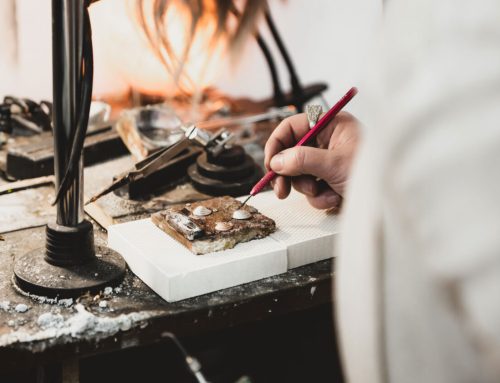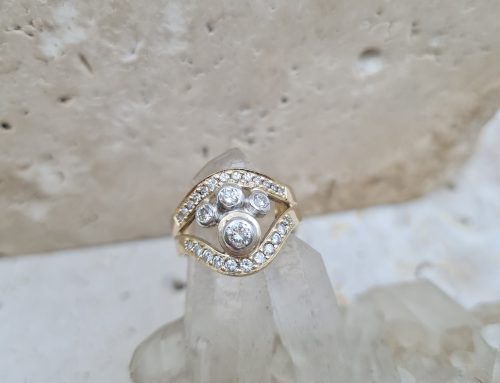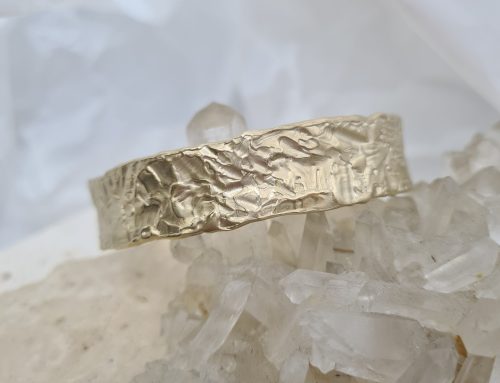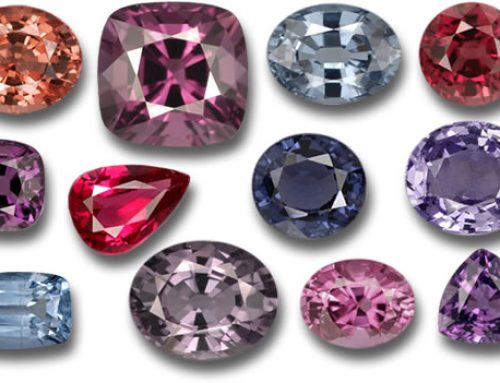We’ve been getting a lot of questions lately regarding diamond alternatives, and so I thought it’s a better time than ever to get you all up to speed! The two main options we offer are laboratory grown diamonds and moissanite, and I’ll also touch on the one we all know about – cubic zirconia.
Laboratory grown diamonds are relatively new to the jewellery market, with the first commercially produced quantities of colourless gems only hitting the market in the early 2010s after a new process for creating them was perfected. The first laboratory diamonds were made in the 1950s, but they were either too small, or of poorer colour so were used for industry instead.
So, what is a laboratory grown diamond, and how are they different from mined diamonds? Well, the main difference is that mined diamonds come out of the ground, and laboratory diamonds are produced in a lab. They have the same chemical and physical properties as mined diamonds, so to the novice (and sometimes even to professionals) it is hard to tell the difference between them. We always ensure that our larger sized diamonds have certificates so you can trace what their origin. The advantage of going laboratory over mined is that you can get a larger, cleaner, better colour stone for a more affordable price, but we still of course can source mined diamonds for those who prefer them.
Moissanite is a gem that you may not have heard of; it was first found in a meteorite impact crater by French scientist Henri Moissan in 1893. It was over 100 years later in 1998 that a patent was acquired to produce moissanite synthetically, as it is an incredibly rare natural material that is often not of gem quality. The physical properties of moissanite make it a great diamond alternative as it is durable as well as having high fire. They also take heat like a diamond so it’s not a problem when it comes to making alterations or repairs. As a bonus, it is also more affordable than a diamond of the same size and comes in a range of different colours.
Finally, let’s talk cubic zirconia, or CZ. They are a man-made diamond simulant that is produced using what we call the ‘skull melting’ method. They are made from zirconium dioxide, not carbon, and as a result have very different properties to a diamond. They are heavier, have more fire, and are a much softer stone. They are relatively easy to distinguish from diamonds as they are often damaged on the surface from wear and tear and look dull when they become dirty. They also have different properties that are easy to test using specialised instruments. They are miles cheaper than any other diamond alternative, but that’s for a very good reason; they don’t wear well over time, and can’t take heat, so if we need to make a repair that involves heat we need to remove the stone, and that can come with extra risks and costs.
So… mined diamond alternatives… what’s your pick?
Rock on,
Sarah



